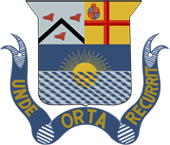
Presidency College is an art, commerce, and science college in the city of Chennai in Tamil Nadu, India. On 16 October 1840, this school was established as the Madras Preparatory School before being repurposed as a high school, and then a graduate college. The Presidency College is one of the oldest government arts colleges in India. It is one of two Presidency Colleges established by the British in India, the other being the Presidency College, Kolkata.
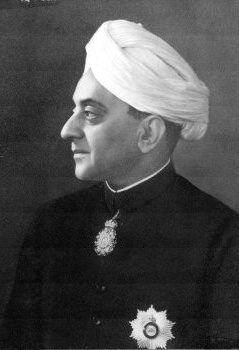
Dewan Bahadur Sachivottama SirChetput Pattabhiraman Ramaswami IyerLL.D. D.Litt., popularly known as Sir C. P., was an Indian lawyer, administrator and statesman, acknowledged as the most powerful man in the Madras Presidency in the decades immediately prior to Indian Independence.

Raja Sir Panaganti RamarayaningarKCIE, also known as the Raja of Panagal, was a zamindar of Kalahasti, a Justice Party leader and the First Minister of Madras Presidency from 11 July 1921 to 3 December 1926.

Saraswati P. Venkataraman Sastri , hieratically titled H.H. JagadguruShankaracharya Swami Bharatikrishna Tirtha (1884–1960), was Shankaracharya and officiating pontiff of Dwaraka Math, and then the 143rd Shankaracharya and supreme pontiff of Govardhana Math in Puri in the Indian state of Odisha, from 1925 through 1960. He is particularly known for his book Vedic Mathematics, being the first Sankaracarya in history to visit the West, and for his connection with nationalist aspirations, thus earning him the title 'Father Of The Vedic Maths'.
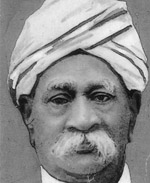
Dewan Bahadur Sir Pitti Theagaraya Chetty was an Indian lawyer, industrialist, and prominent political leader from the erstwhile Madras province. He was one of the founders of the Justice Party in 1916, along with C. Natesa Mudaliar, Dr. T. M. Nair. Theagaraya Nagar is a locality in Chennai that is named after him. On January 1, 1919, the title Dewan Bahadur was awarded to him

Rai Bahadur SirPanapakkam AnandacharluCIE was an Indian lawyer and freedom fighter who was a founding delegate and later president of the Indian National Congress, founder and president of the Triplicane Literary Society, and founder of the Madras Mahajana Sabha. He additionally aided the Triplicane Six in founding The Hindu, to which he was a frequent contributor.
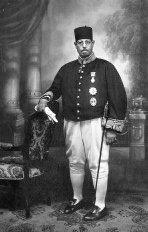
Khan Bahadur Sir Mohammad Usman was an Indian politician, hakim and socialite who served as the Minister of Home for the Madras Presidency in the Justice Party government of the Raja of Bobbili and as the first Indian acting Governor of Madras from 16 May 1934 to 16 August 1934. His name is often written Muhammad Usman.
Diwan Bahadur Royapuram Nallaveeran Arogyaswamy Mudaliar was an Indian politician and civil engineer who served as the Minister of Excise, Medical Administration and six other departments in the Madras Presidency from 1926 to 1928.
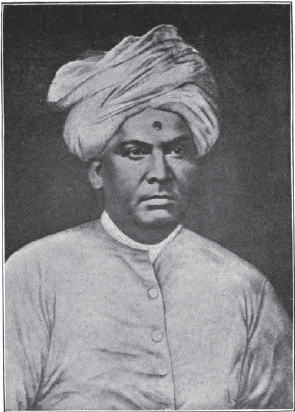
The Right Hon. Calamur ViravalliRunganada Sastri was an Indian interpreter, jurist, civil servant, polyglot, and social reformer, who was known for his mastery over Indian and foreign languages alike in both classical and vernacular forms, as well as his general erudition and command of jurisprudence. At his death, he is known to have mastered fourteen languages, and had a conversational command of at least two to four more.
Dr. Chetput Venkatasubban Seshadri was a distinguished Indian chemical engineer who was chair of chemical engineering at IIT Kanpur. IIT Kanpur today has an endowed chair named for him, the C. V. Seshadri Professorship.

Sir Thyagaraja Sadasiva Iyer was an Indian judge and theosophist who served as the Chief Justice of Travancore from 1905 to 1910. He was also the first President of the Hindu Religious and Charitable Endowments Department, Madras Presidency.

Diwan BahadurSir Calamur Viravalli Kumaraswami SastriKt. was an Indian jurist, statesman, and Sanskrit scholar who was leader of the Madras Bar as a Vakil of the High Court, before being appointed as a puisne justice of the Madras High Court in 1914, and, later, Chief Justice of the Madras High Court. He also served on numerous special committees; most notoriously, the Rowlatt Committee - service on which nearly imperiled his later service as Chief Justice. The great-grandson, great-great-grandson, and great-great-great-grandson of celebrated Sanskritists, he himself was noted for achieving "brilliant success, with speed" from his first days practicing law. In his heyday, he was considered "the most brilliant representative of the Madras Judicial Service", and the successor to V. Bhashyam Aiyangar.

Chetput Ramaswami Iyer Pattabhiraman was an Indian lawyer and politician from the Indian National Congress. He was the eldest son of Indian statesman C. P. Ramaswami Iyer. He served as a Member of Indian Parliament from Kumbakonam from 1957 to 1967 and as a Union Minister from 1966 to 1967.
Dewan BahadurCalamur Viravalli Viswanatha Sastri was an Indian jurist and statesman who served as a justice of the High Court of the Madras Presidency, following and alongside his elder brother Dewan Bahadur Sir C. V. Kumaraswami Sastri. He was awarded the Kaisar-i-Hind Medal in 1934.

The Mylapore clique or oligarchy was a small coterie, amounting to a "handful" of politically moderate, elite Brahmins, many of them noted lawyers, administrators, academics or educators, or industrialists, in the Madras Presidency, who 'wielded almost exclusive influence and patronage in the service and government appointments', 'controlled the flow of resources out of the institutions of the capital' and 'dominated the professional and political life of [the presidency].' Informal and exclusive, it was historically controlled by two extended families, the Vembaukum Iyengars, and the Calamur Viravalli-Chetpet Iyers, and took its name from the luxurious Madras City neighborhood in which many leading members kept mansions. The clique coalesced and began its dominance in the 1880s and 1890s under the headship of Sir V. Bhashyam Aiyangar and Sir S. Subramania Iyer, with R. Raghunatha Rao as a tertiary leader; while some argue that it reached its zenith between 1910 and 1920, others highlight its remarkable successes in ministry and magistracy continuing in the 1920s and 1930s, with Sir C. P. Ramaswami Iyer as leader.
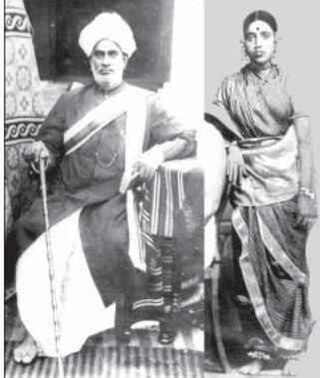
Chetpet Ramaswamy Pattabhirama Iyer, surname alternately spelt Aiyar, originally surnamed Dikshitar, was an Indian lawyer and jurist, noted for having led the Tanjore Bar and served as the Tanjore public prosecutor, before relocating to the city of Madras, whereupon he ultimately became a Vakil of the High Court of Madras, central member of the Mylapore clique, and a leader of the Madras bar, along with M. O. Parthasarathy Iyengar, V. Krishnaswamy Iyer, P. R. Sundaram Iyer, Sir V. C. Desikachariar, and Sir C. Sankaran Nair, immediately behind Sir V. Bhashyam Aiyangar and Sir S. Subramania Iyer, from 1891.

Calamur Viravalli Sundara Sastri was a leading Vakil of the High Court of Madras, second in the Calamur line to bear the style Viravalli, and of a family line occupying a prominent position and status within the Madras Presidency; a "giant" of Madras jurisprudence, with a "very large" practice on the Original Side, which he shared with his partner and adoptive brother, Sir P. Ananda Charlu. Sundara Sastri published a Revised Set of the Rules of Practice for Original side litigation, which became de rigueur, and was noted as an orator with 'perfect' diction. He authored the Sundararāmāyaṇa.
Calamur MahadevanFNAFGMMSI, sometimes known as C. Mahadevan, was an Indian specialist in economic geology, marine geology, and nuclear geology, and 1934 Founding Fellow of the Indian Academy of Sciences, elected for Earth and Planetary Sciences, serving on the Council of the Indian Academy of Sciences from 1948 until his 1962 death. Chosen as a Fulbright scholar, with aid from the United States National Research Council, he taught at the Massachusetts Institute of Technology. Appointed to the first Professorship of Geology at Andhra University after fourteen years as Superintendent Geologist at the Geological Survey of Hyderabad, he was known as a doyen or foundational figure in the field of Indian geology.
Calamur Chandrasekhara Sastri (1854–1887), sometimes Sastry or Sastriyar, was the first Principal and Professor of English and Sanskrit of the Maharajah's College at Vizianagaram from his appointment in 1875, developing it from a secondary school with four teachers into a graduate institution before his death at the age of 32 in 1887, with the support of the contemporaneously reigning Maharajas of Vizianagaram, Pusapati Vijayarama Gajapathi Raju III and Pusapati Ananda Gajapati Raju. He was the first Indian principal of any South Indian college at the time.

































